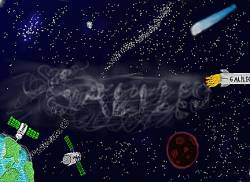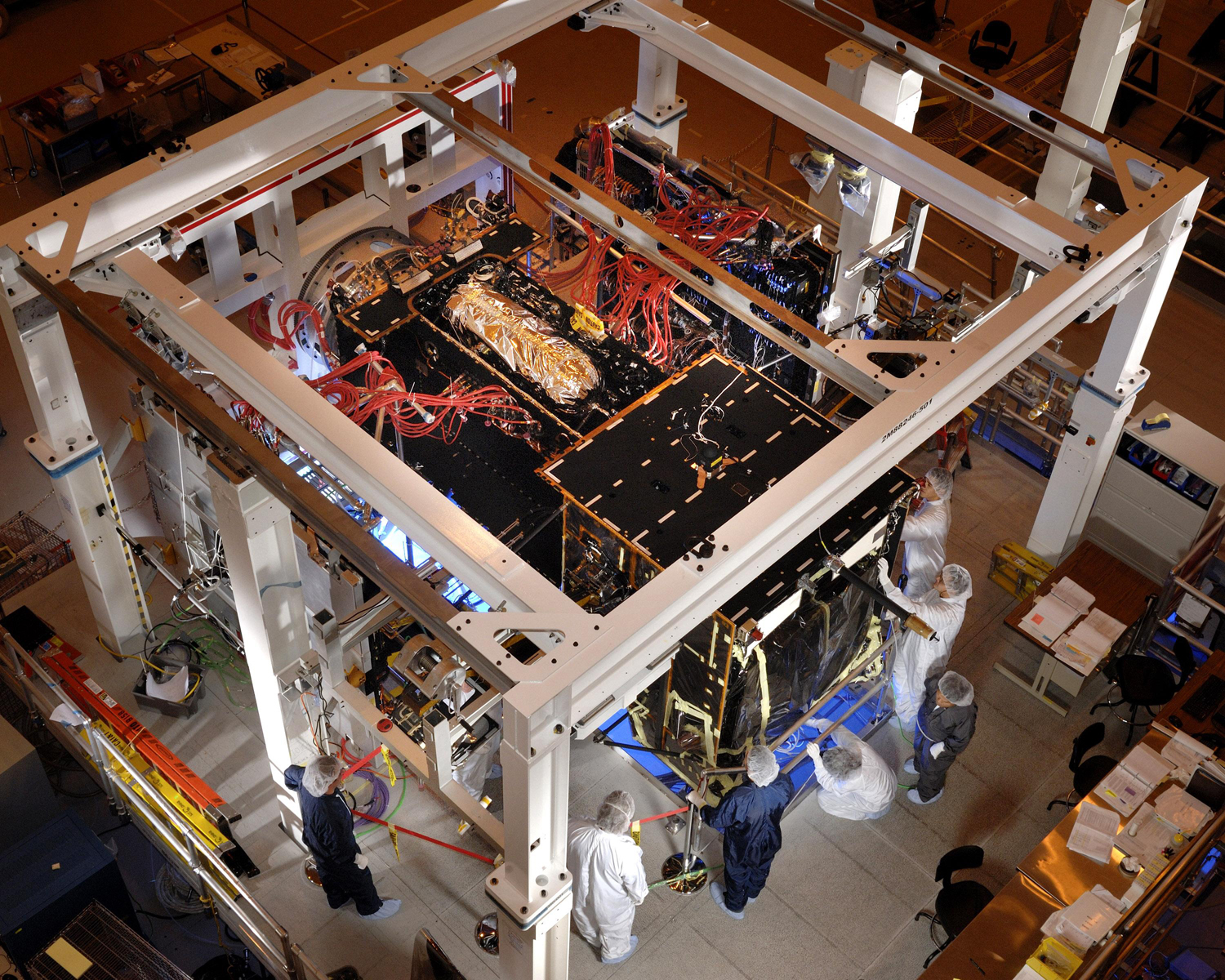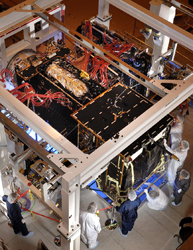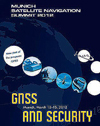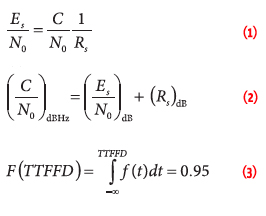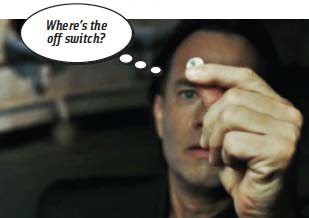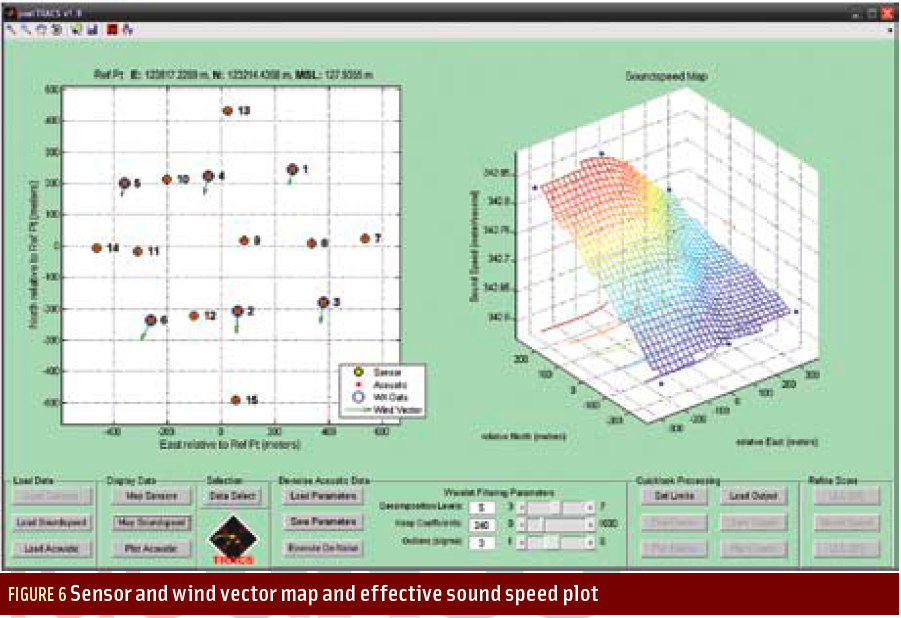GNSS Modernization
 Christopher Hegarty
Christopher HegartyPerhaps for the first time in the nearly 40 years of satellite navigation, all four GNSS programs and regional systems appear to have firm — if not always unencumbered — development paths ahead of them.
GPS, GLONASS, Galileo, Compass/Bei- Dou, Japan’s MSAS and QZSS, and India’s GAGAN and IRNSS systems are bringing new or modernizing elements into the world. Key program enablers — such things as budgets, satellite construction, launches and launch vehicles, new signal designs — all appear favorably aligned.
By Inside GNSS





















